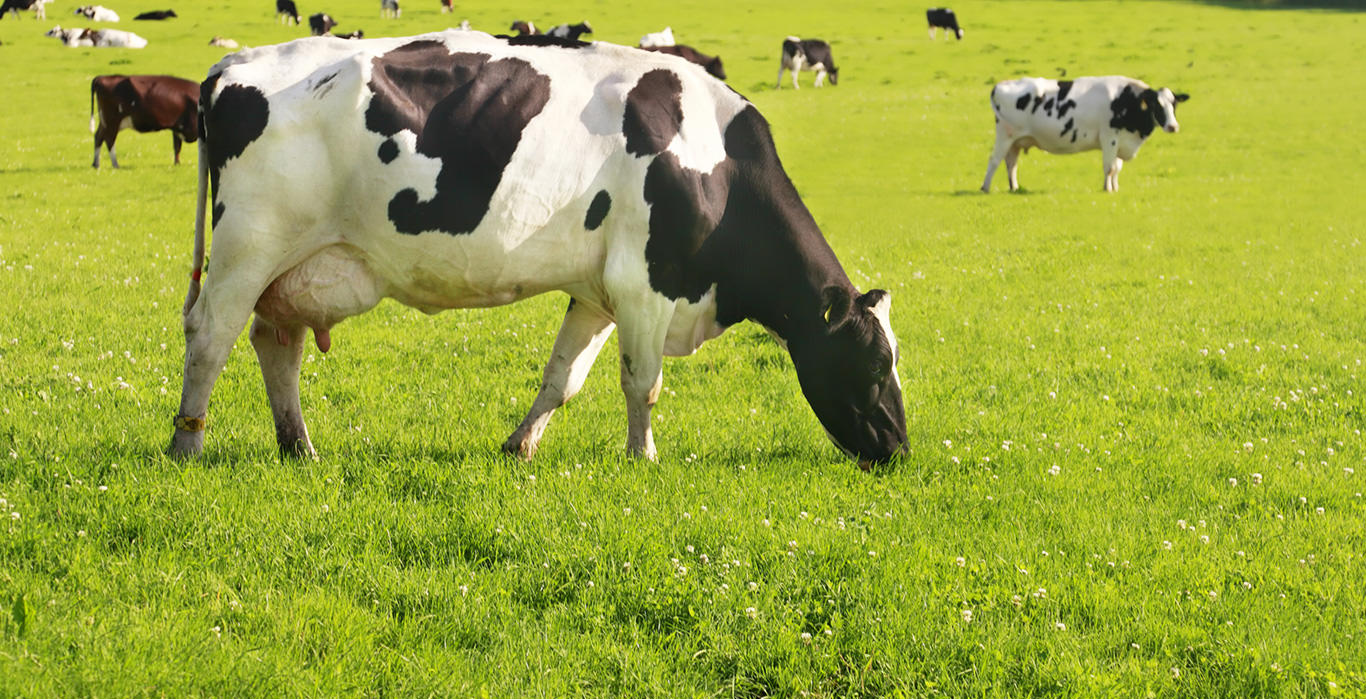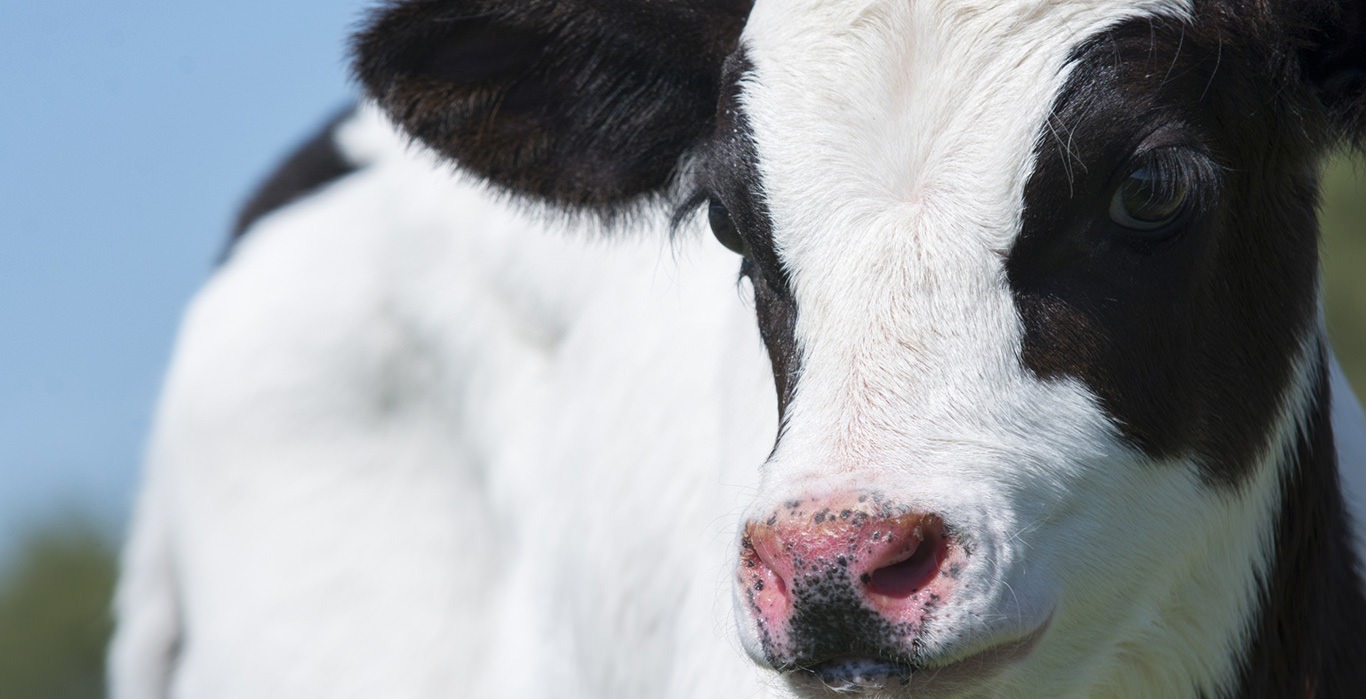- India: 1,553 kg/year
- New Zealand: 4,302 kg/year
- Germany: 7,628 kg/year
- United States: 10,157 kg/year
- France: 7,062 kg/year
(source elec 2017)
heads of cattle per farm, on average.
months of lactation per year.

In France, you’ll find three main breeds of dairy cow :
Other, more local breeds round out the count of livestock, in particular for PDO regions: Abondance, Tarentaise, the French Brown, and the Vosgienne.
(source elec 2017)

Genetic selection started a very long time ago, with the domestication of animals and the beginning of animal husbandry.
Humans started from the natural qualities of certain animals, and attempted to replicate them by mating animals which they selected according to visible criteria (docility, hardiness, milk quantity, horn shape, etc.) This was the beginning of animal husbandry…
This process of selection became more and more efficient over time. Scientific advances and the number of characteristics sought after increased significantly. By the 1960s, the selection criteria revolved around the quantity of milk yield, and its fattiness and protein levels.
After that, other criteria emerged, with a greater focus on milk quality and more operational aspects of the cattle: resistance to mastitis and diseases; fertility; longevity… These criteria are still prized today, but they can be even more numerous, thanks to genomics.